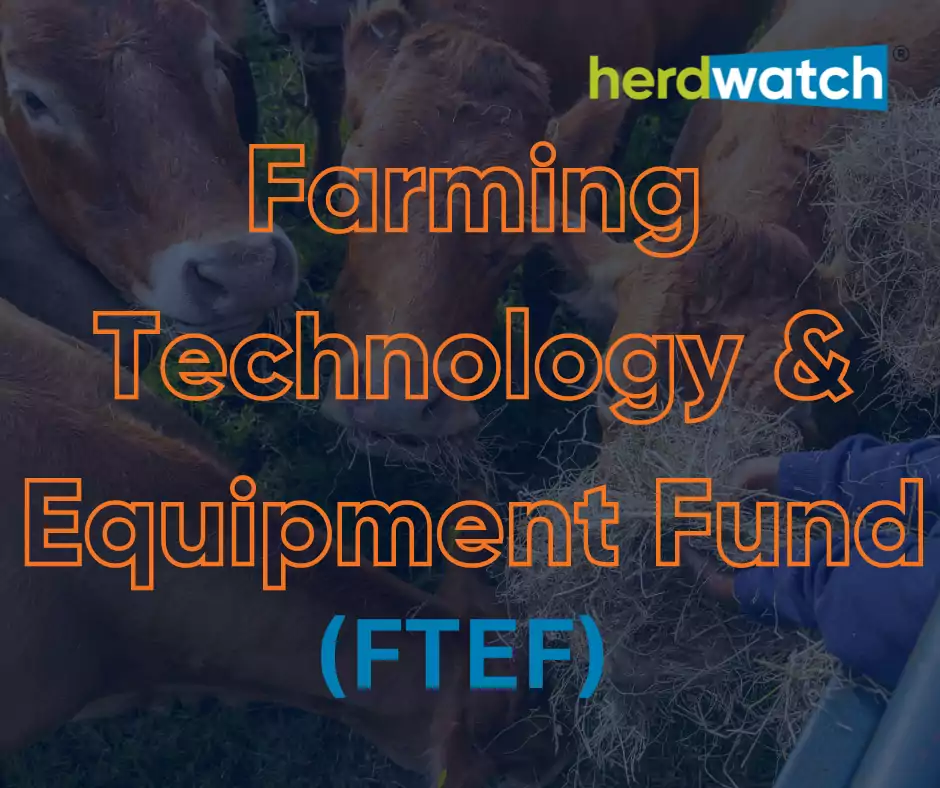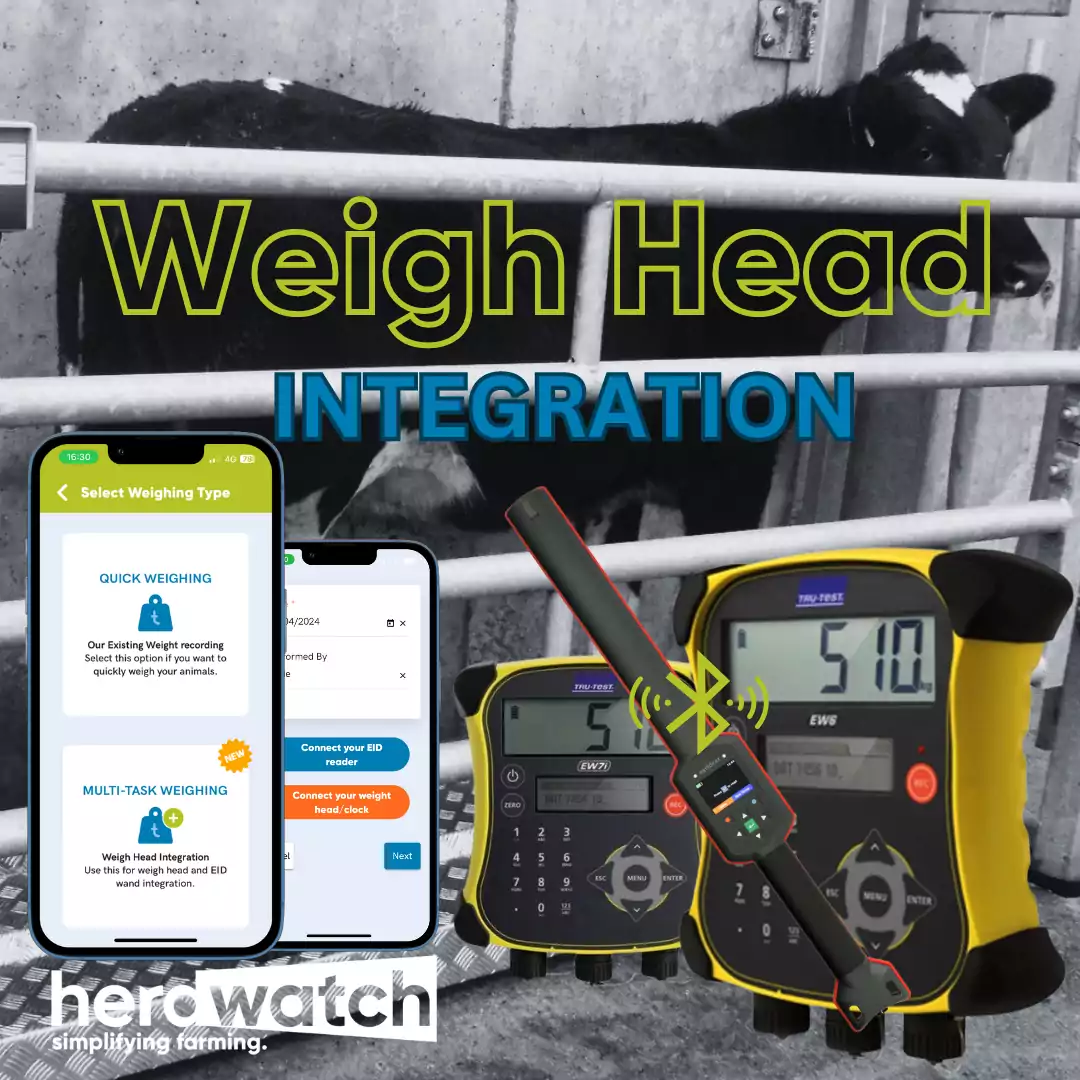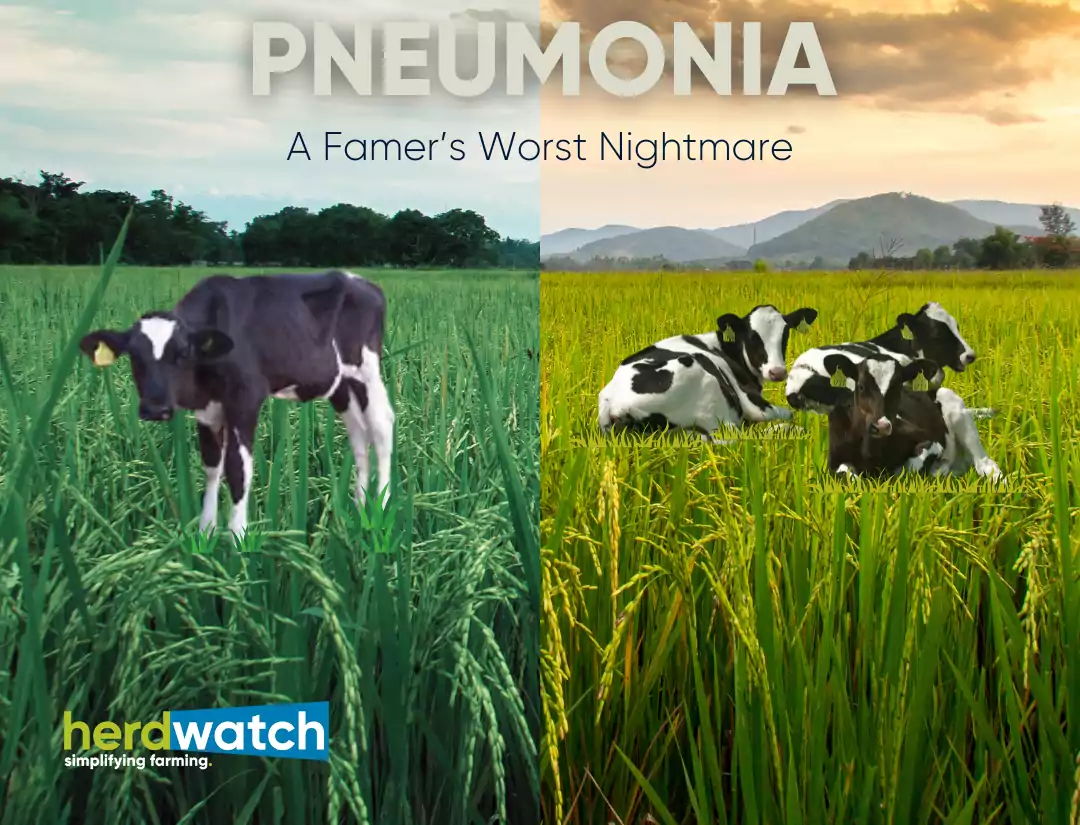Preparing for Your Bord Bia SBLAS audit -What do I need?

One fundamental requirement of SBLAS is a farm audit which is carried out every 18 months. The following section looks at the Bord Bia Audit checklist and breaks it down piece by piece to help you best prepare for your Bord Bia SBLAS Audit.
What Animal Records do I need for my Bord Bia SBLAS Audit?
Animal Remedy prescriptions
It’s a legal requirement for farmers to complete records and prescriptions for the period since the last quality assurance audit, if this is your first audit you must provide records and prescriptions for at least 6 months prior the audit.
A Valid Herd Register / Flock Register
This regards to the identification and trace-ability of your animals. Each farmer must have a Valid DAFM herd number and a current valid herd / flock register.
You must provide the auditor with an up to date Bovine herd/flock register it is a legal requirement.
Animals Movement Records
You can easily get this on your agfood.ie account. It can be:
- Printed out before the audit
- Wrote into your Blue Herd Register Book
- Or alternatively, if have your Agfood login details on hand, the auditor can access to the live register.
The information the auditor will be looking for is all cattle births, deaths and on/off farm movements.
Passports/ Blue Cards
- You must have a valid passport of each individual animal in your herd which are over 40 days of age at the time of the quality assurance audit.
- Make sure all animals are tagged, this is a legal requirement.
Knackery / dead animal reports
If an animal has died since your last audit and you have disposed the animal within DAFM requirements you must keep on to the receipt/paperwork and have it for your audit as a form of evidence of the animal disposal.
Animal Remedy Purchase Records
Recording information on all remedies purchased is a legal requirement and must be recorded either electronically, by retaining invoices or via your Bord Bia book.
Animal Remedy Usage Records
Recording Animal remedy usage is a legal requirement and must be recorded either, electronically, in your BHR or Bord Bia book or other means, provided they show the following information
- Date of administration
- Name and quantity of the animal remedy administered
- Clear record of the identity of the animals treated. ( Either tag number for individual animals or a clear description of a group treatment. i.e. All cows)
- Date on which the Withdrawal period ends
- Name of Person Administrating remedy
- Name of the vet that prescribed the remedy.

Learn about how this can be recorded easily in Herdwatch.
What Farm Records do I need for my Bord Bia SBLAS Audit?
Feed Purchases
- If purchasing meal or other feedstuffs, it is acceptable to use the delivery docket/invoice as your record.
- For feed purchases that there is no docket or invoice available (i.e buying bales of hay), this can be recorded electronically or via the Bord Bia Farm book.
Own Farm Feeds
- The types of feed produced on the farm and fed to the animals must be identified
Waste Plastic Collection Receipts
- All waste plastic products must be collected and controlled until collection by an approved National Waste Collector.
- If any plastic has been collected from your farm since your last audit, be sure to have the receipt from the collector on hand for your inspection.
Vets Name, Animal products supplier, Hauliers, Persons applying spray
- Have your Veterinary practitioner and primary supplier of Animal remedies on hand as this shows that the herd/flock is under routinely care.
- Where the producer gets hauliers for transportation of animals for journeys greater than 65km, the haulier must be a registered haulier and keep a license or permit.
- Finally, any person applying spray on your farms Name and Professional User Number
What are Pesticides Usage Records?
New in the Sustainable Beef and Lamb Scheme it is a requirement that you now must record for each pesticide used on the farm, a record must be maintained containing the following information:
- Location
- Product Name
- PCS Number
- Crop
- Area/Tonnage Treated
- Volume of water used
- Date Applied
- Reason for use
- Professional User Number (PU)
Farm Yard Sketch
If you are using rat bait a farmyard sketch identifying the location of the bait points must be made available to the auditor. Note baits must be placed that prevents access of non- target species and cross-contamination of feed and water.
Health and Safety
First Aid Kit
- You must ensure that basic first aid supplies are available on the farm at all times.
Signs
- A prominently placed sign must be displayed to visitors of the farm making them aware of their responsibilities regarding biosecurity, and where access to the Farm Safety Risk Assessment book can be got.
Footwear disinfectant
- Make sure to provide facilities for visitors to disinfect their footwear on arrival to the farm.
Farm Safety Risk Assessment
- The Farm Safety Risk Assessment is an important part of the quality assurance audit and is also a legal requirement. You must assess potential farm safety risk and implement fixes if needed.
- To record this you can fill in the Farm Safety Risk Assessment book or you can also do it online here.
- This Farm Safety Risk assessment book should be available to all people who work or visit the farm.
Animal Health
The Animal Health Plan
- An Animal Health plan for the year ahead must be completed for your animals. The plan should state planned Vaccines and Doses throughout the year for specific animal groups.
- Ideally, it should be done in conjunction with your vet or agricultural advisor.
Animal Mortality & significant health issues record
- An aspect which can be overlooked is the Animal Mortality & significant health issues record.
- Significant animal health events must be recorded. An example of these events include abortions, disease incidences, leucosis, salmonellosis, leptospirosis, paratuberculoisis, BVD, blackleg etc).




